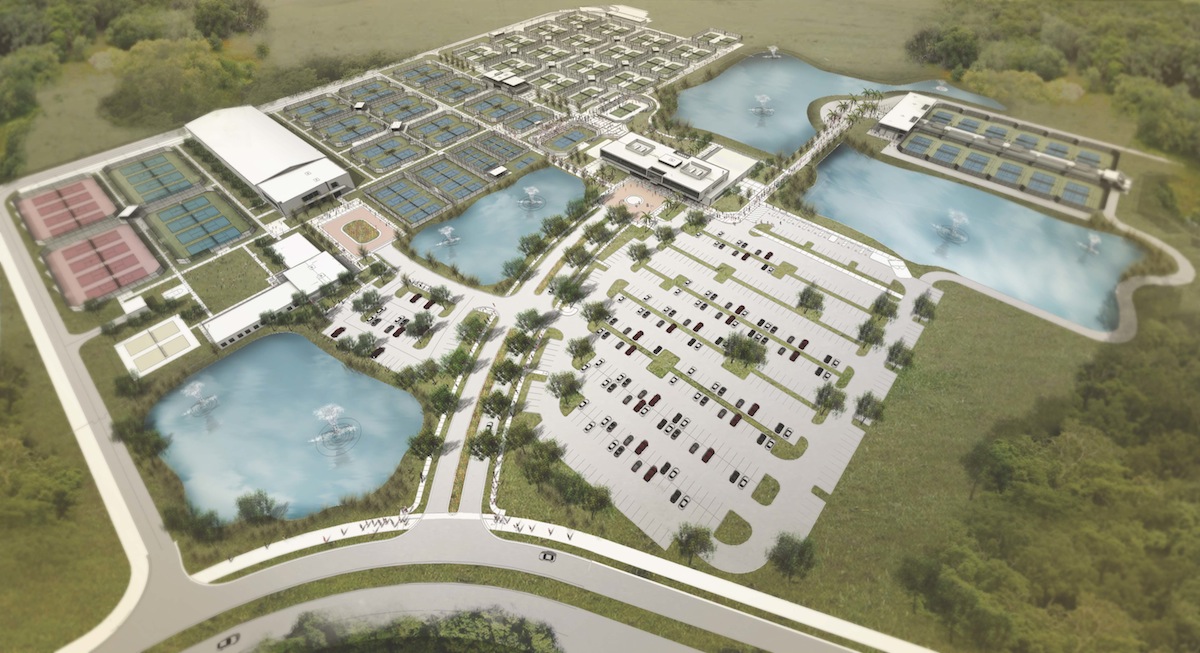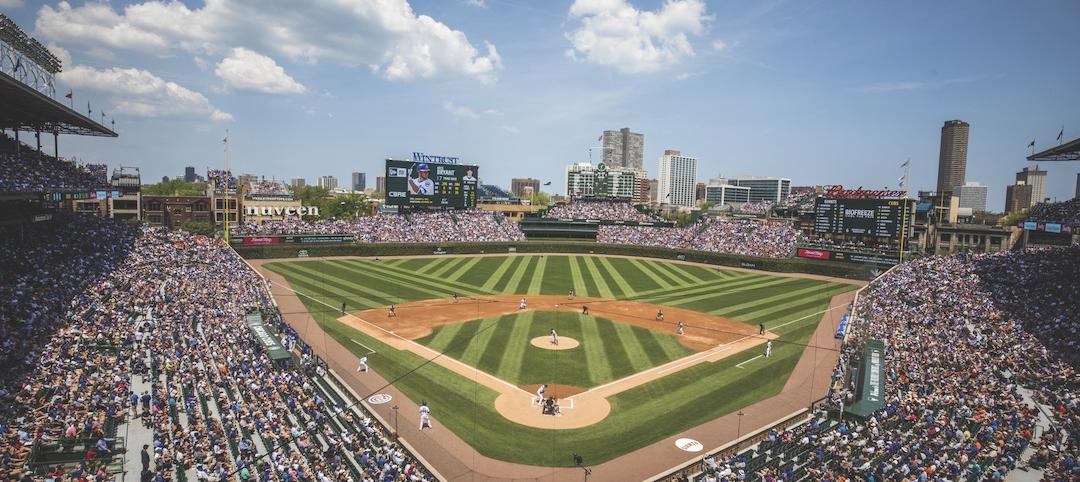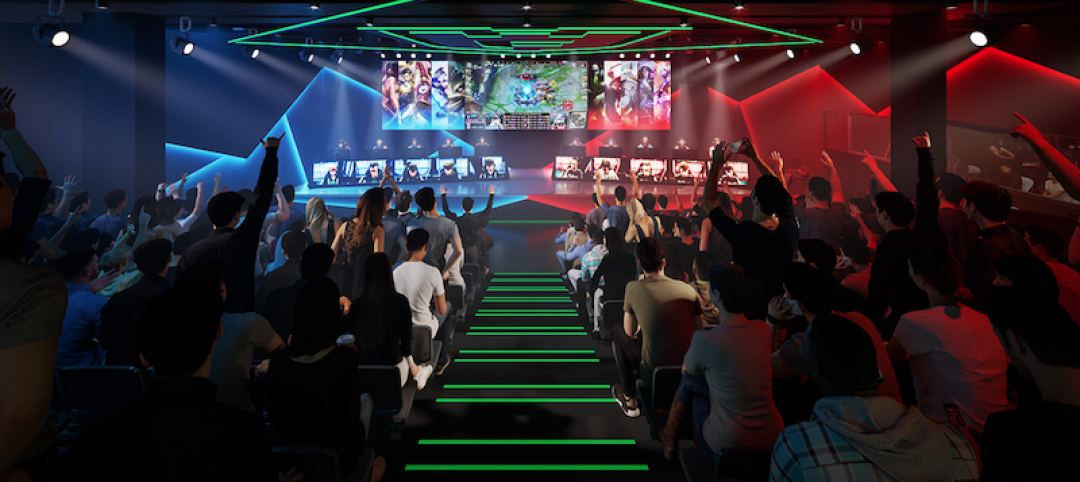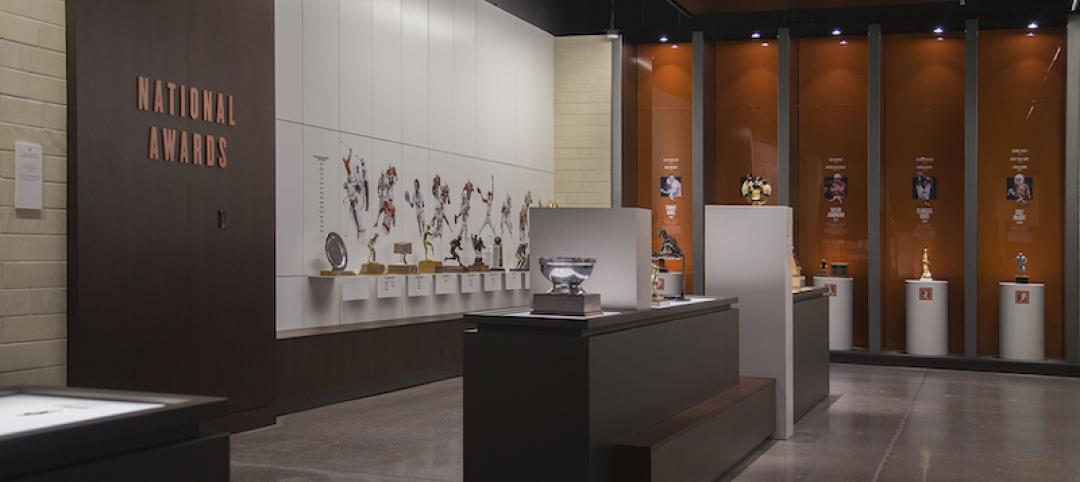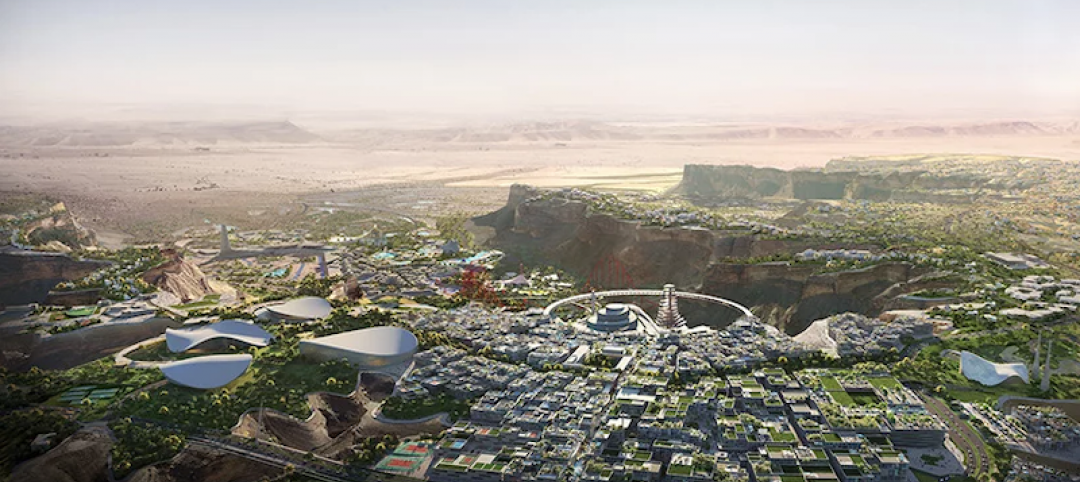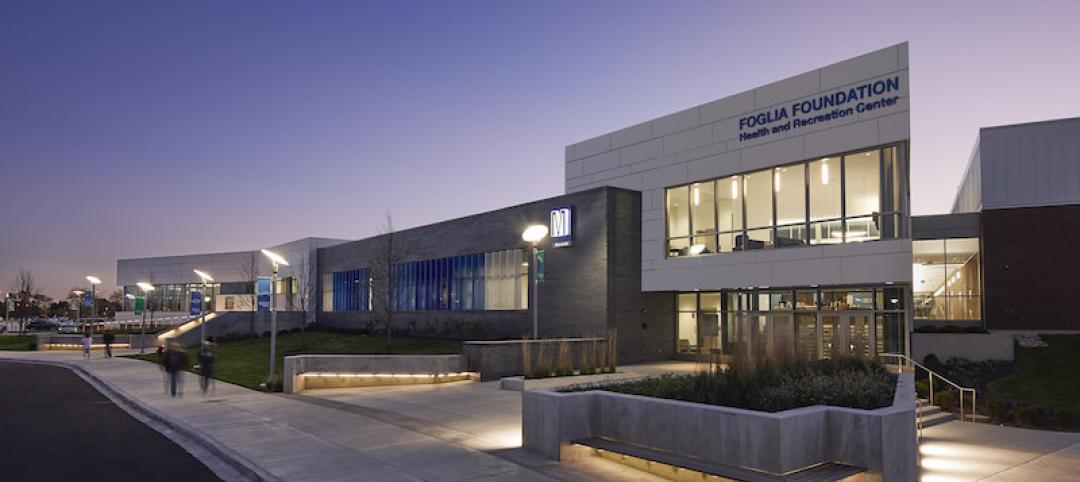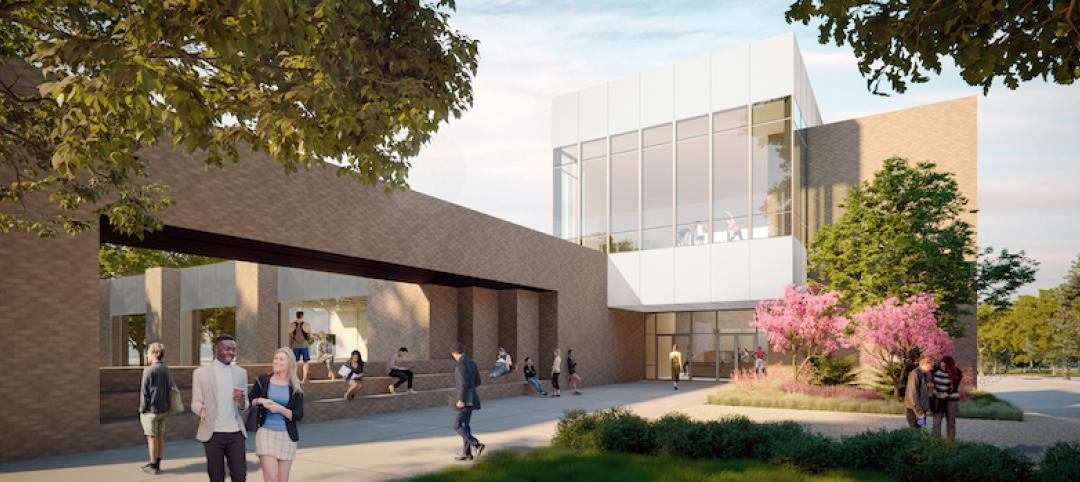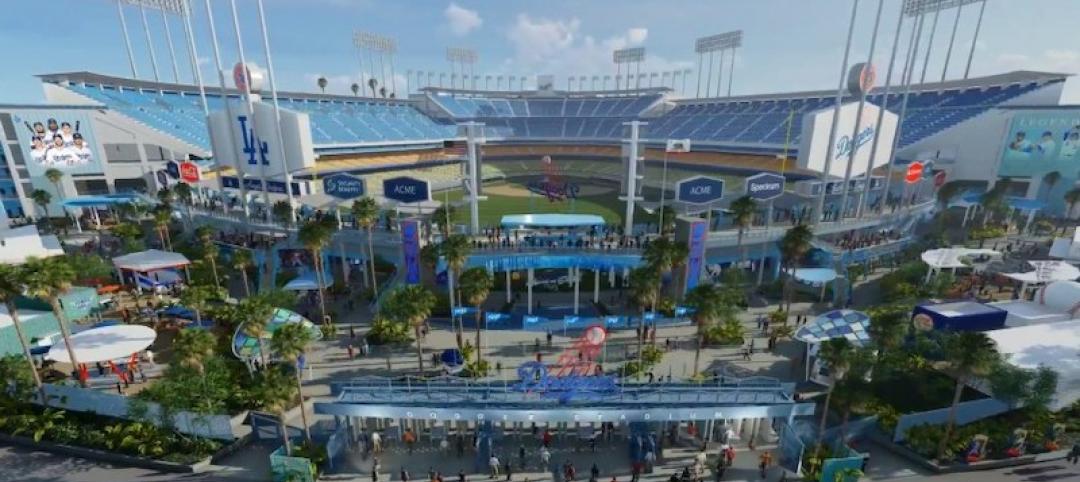On April 8, the United States Tennis Association broke ground on its $60 million USTA National Campus in Lake Nona, near Orlando, one of the country’s fastest-growing communities. With 106 courts and 270,000 sf, USTA’s New Home of American Tennis, as it is being called, will be the largest tennis complex in the U.S.
When completed in late 2016, this 63-acre facility—USTA’s first year-round outdoor construction project—will include a Tournament and League Area with 32 Har-Tru clay courts, and 20 Plexicushion hard courts; a Collegiate Tennis Area with 12 Plexicushion hard courts and one future tournament show court; and a Team Tennis USA Area with 12 hard courts that will be used by the 17 USTA Sections, along with local coaches and their players throughout the country to work collaboratively with USTA Player Development.
A High Performance and Player Development Area—with eight Duro-turf hard courts and eight red clay courts—will be able to house 32 boys and girls, and include strength and conditioning components. The complex will also feature indoor and family-area courts, a pro shop, fitness center, locker rooms, lounges, a café-restaurant, and USTA offices.
The USTA National Campus will be a cornerstone for the community’s Sports Innovation & Performance District, an emerging athletic district with a focus on research, design, innovation and technology.
An on-site stadium will be able to accommodate two matches simultaneously and seat 1,200 spectators.
The Building Team on this project consists of Tavistock Development (developer), HKS Architects (architect), BBM (structural engineer), Exp (MEP engineer), EDSA (landscape architect), and DPR Construction (GC). California Products, Har-Tru, and Connor SportCourt are supplying the court surfaces.
“By housing our two divisions devoted to growing the game at all levels, and training the next generation of players and coaches, we can have a greater impact on the sport than we ever had before,” says Katrina Adams, USTA’s chairman and president. (This complex would replace the association’s smaller training facility in Boca Raton, Fla.) Among the dignitaries at the groundbreaking were City of Orlando Mayor Buddy Dyer, and Orlando County Mayor Teresa Jacobs.
The 11-square-mile Lake Nona was a golf community surrounded by farmland and pastures when Tavistock Group, the developer’s parent, acquired it in 1996. The community is part of Orlando, and Tavistock has been working with that city’s economic development team to transform Lake Nona into what local officials are touting as city of tomorrow.
The USTA National Campus will be a cornerstone for the community’s Sports Innovation & Performance District, an emerging athletic district with a focus on research, design, innovation and technology. “We are launching what we think is the perfect partner to our Medical City,” said Rasesh Thakkar, senior managing director of Tavistock Group.
Over the past decade, Lake Nona has seen more than $2.8 billion and 2.4 million sf of clinical, institutional, laboratory space, and infrastructure completed or in active construction. The 650-acre Lake Nona Medical City health and science park—whose institutions include the University of Central Florida Health Sciences Campus and Sanford-Burnham Medical Research Institute—this year is adding the Orlando Veterans Affairs Medical Center and GuideWell Innovation Center.
Lake Nona’s 7,000 entitled acres offer nine residential communities that currently house about residents. Rob Adams, a vice president with Tavistock Development, tells BD+C that the community is entitled to build between 9,000 and 11,000 dwelling units, and will eventually house between 25,000 and 30,000 people.
The community is already served by three public schools, and three colleges. More than 5 million sf of commercial and retail spaces are in place. Lake Nona is where Johnson & Johnson has been conducting its multimillion-dollar, multiyear study on health and wellness. And the community is planning a 334-acre city park that will be Orlando’s largest.
Adams says Lake Nona’s build out is expected to take between 10 and 15 years. And he anticipates that the tennis complex will be a magnet for other business, such as apparel and fitness retailers, to come to this community.
Related Stories
Reconstruction Awards | Nov 8, 2019
2019 Reconstruction Awards: The 1060 Project at Wrigley Field
Venerable Wrigley Field is raised up in a top-to-bottom restoration that took five years to complete.
Sports and Recreational Facilities | Sep 30, 2019
Fortress Melbourne will be the largest eSports complex in the southern hemisphere
Populous designed the project.
Sports and Recreational Facilities | Sep 2, 2019
An Athletics Hall of Fame opens on the Austin campus of the University of Texas
The facility recounts the narratives of the school’s storied sports history.
Sports and Recreational Facilities | Aug 26, 2019
A 360-degree canopy and lighted façade will distinguish Cincinnati’s new soccer stadium
The closest seat will be only 15 feet from the field.
Sports and Recreational Facilities | Aug 13, 2019
Calgary’s sports and entertainment district will include the Calgary Flames’ new arena
Rosetti is master planning the project.
Mixed-Use | Aug 12, 2019
BIG will master plan Saudi Arabia's 'Giga-Project'
Qiddiya is currently under construction 28 miles outside of Riyadh.
Sports and Recreational Facilities | Aug 9, 2019
Creative financing makes rec center expansion happen
Institutional, private, and government dollars moved recent projects forward in Illinois and Canada.
Sports and Recreational Facilities | Aug 6, 2019
St. Edward’s University Recreation and Athletic Center addition adds 12,400 sf to existing athletic center
Specht Architects designed the project.
Sports and Recreational Facilities | Jul 29, 2019
L.A. Clippers unveil design for new Inglewood arena
AECOM is designing the project.
Sports and Recreational Facilities | Jul 25, 2019
L.A. Dodgers announce $100 million renovation plan for Dodger Stadium
The renovations will be completed before the 2020 season.


